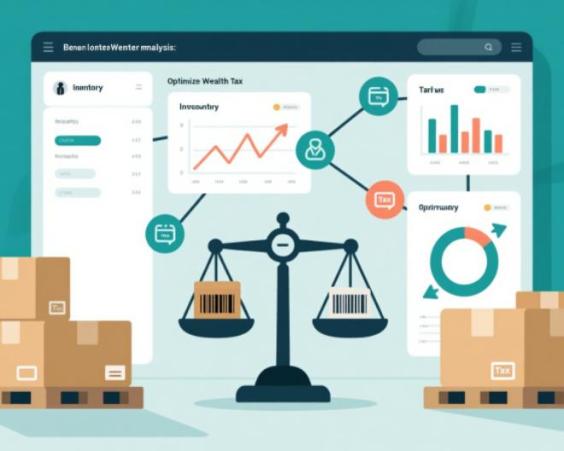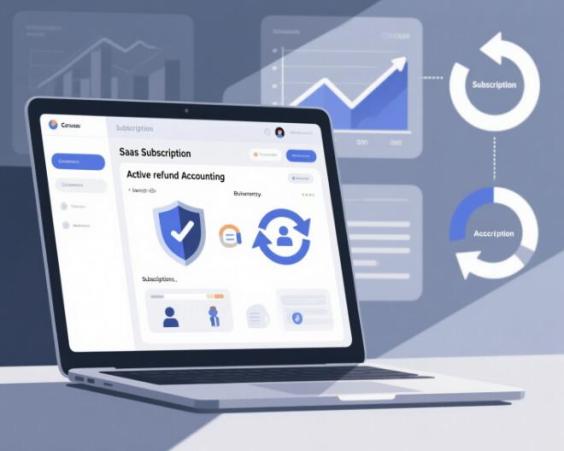Keys to Implementing an Effective Omnichannel Model in Your Business
In the current digital age, consumers interact with brands through multiple channels and devices. This has led to the need to implement an omnichannel model that allows companies to provide a consistent and personalized customer experience at all touchpoints. In this article, we will explore the keys to implementing an effective omnichannel model in your business.

What is an omnichannel model?
An omnichannel model is a marketing strategy that seeks to provide a consistent and personalized customer experience across all channels and devices. This includes the integration of physical and digital channels, such as physical stores, websites, social networks, mobile applications, and customer service by phone or email.
Benefits of an omnichannel model
Implementing an omnichannel model can bring numerous benefits to your business, including:
- Improved customer experience: By providing a consistent and personalized customer experience across all channels, you can increase customer satisfaction and loyalty.
- Increased sales: An omnichannel model can help you increase sales by allowing customers to interact with your brand in a more convenient and easy way.
- Improved operational efficiency: The integration of channels and systems can help you reduce costs and improve operational efficiency.
Keys to implementing an effective omnichannel model
Here are the keys to implementing an effective omnichannel model in your business:
1. Define your omnichannel strategy
Before starting to implement an omnichannel model, it is important to define your strategy. This includes identifying your goals, defining your target audience, and determining the channels and devices you will use.
2. Integrate your channels and systems
The integration of your channels and systems is essential to provide a consistent and personalized customer experience. This includes the integration of your website, social networks, mobile applications, and customer service.
3. Use marketing technologies
Marketing technologies, such as marketing automation and artificial intelligence, can help you personalize your campaigns and improve the customer experience.
4. Monitor and analyze your results
It is important to monitor and analyze your results to determine the effectiveness of your omnichannel model. This includes tracking metrics such as customer satisfaction, sales, and operational efficiency.
5. Adjust and continuously improve
Finally, it is important to continuously adjust and improve your omnichannel model. This includes collecting customer feedback and implementing changes to improve the customer experience.
Implementing an effective omnichannel model is essential to provide a consistent and personalized customer experience across all channels and devices. By following the keys presented in this article, you can improve the customer experience, increase sales, and improve operational efficiency in your business.





